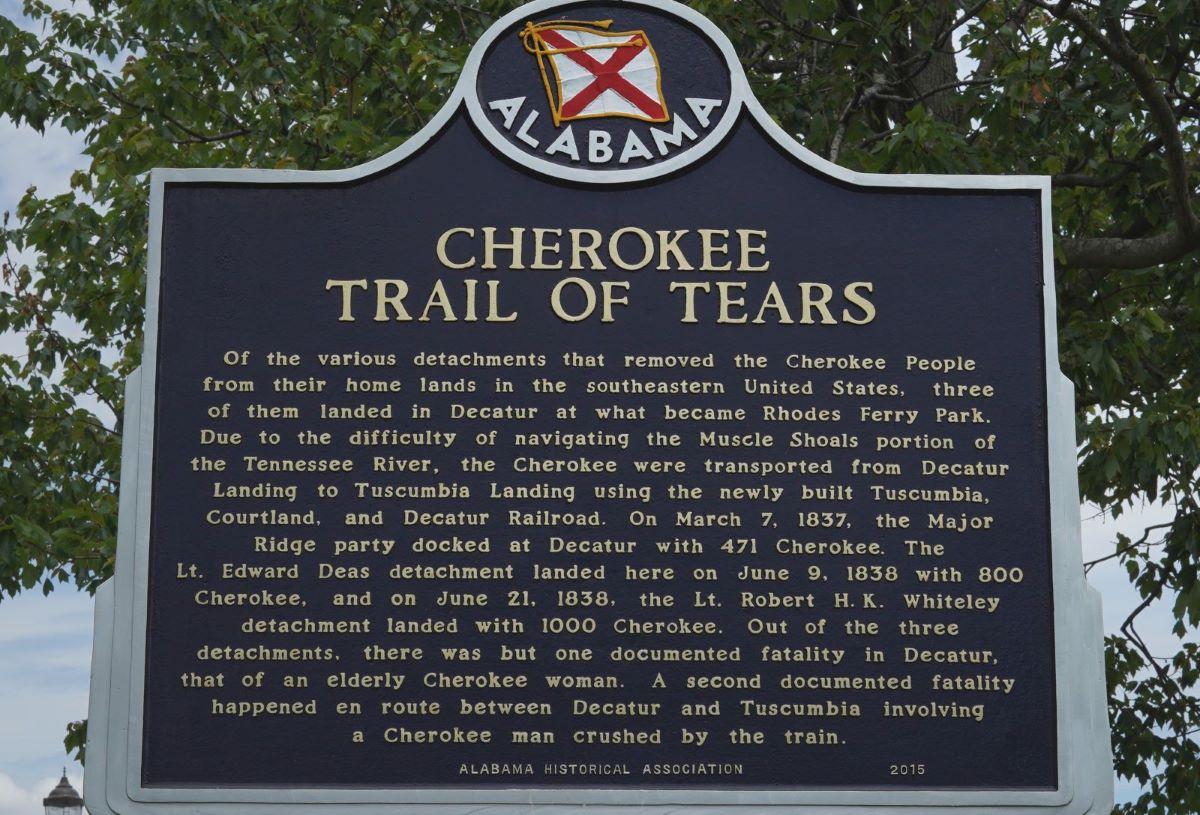War is a complex narrative filled with valor and shadowy chapters that shape a nation’s history and conscience. Here are 22 lesser-known, darker aspects of U.S. military engagements that highlight moments the nation might prefer to leave unremembered.
1. The My Lai Massacre

During the Vietnam War, U.S. troops killed hundreds of unarmed civilians in My Lai. This tragic incident became a symbol of the brutal reality of war, sparking widespread outrage and leading to significant changes in military protocols.
2. The Firebombing of Tokyo

Before the atomic bombs, the U.S. launched a massive firebombing campaign against Tokyo in World War II, killing over 100,000 people and leaving millions homeless, showcasing the harsh realities of strategic bombings.
3. Agent Orange Exposure

Millions of gallons of Agent Orange were sprayed over Vietnam, exposing both Vietnamese people and American troops to harmful chemicals that caused death, disease, and birth defects that linger even today.
4. The Internment of Japanese Americans
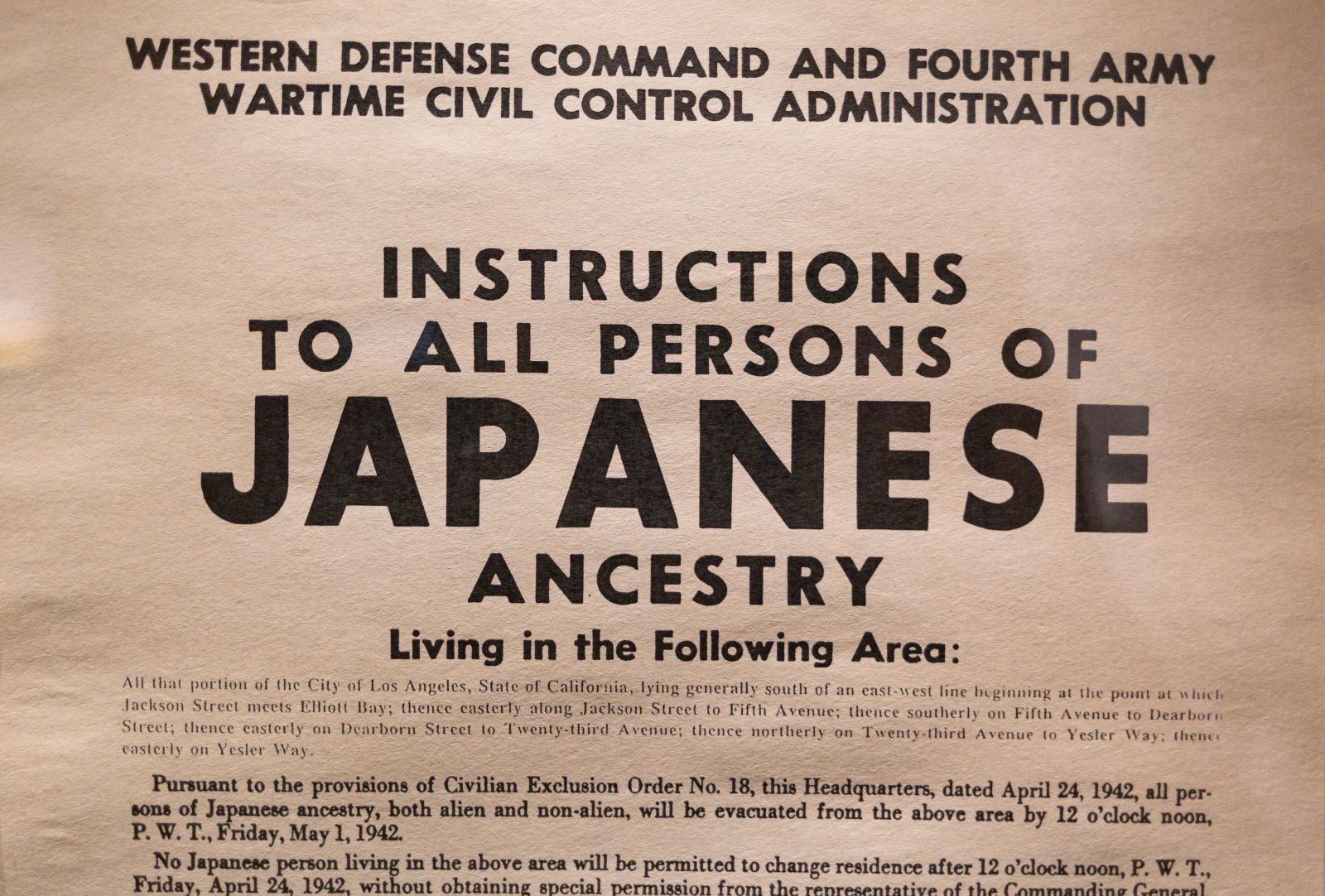
During World War II, over 110,000 Japanese Americans were forcibly relocated and interned in camps across the U.S., a grave violation of civil liberties based on racial prejudice.
5. The Trail of Tears
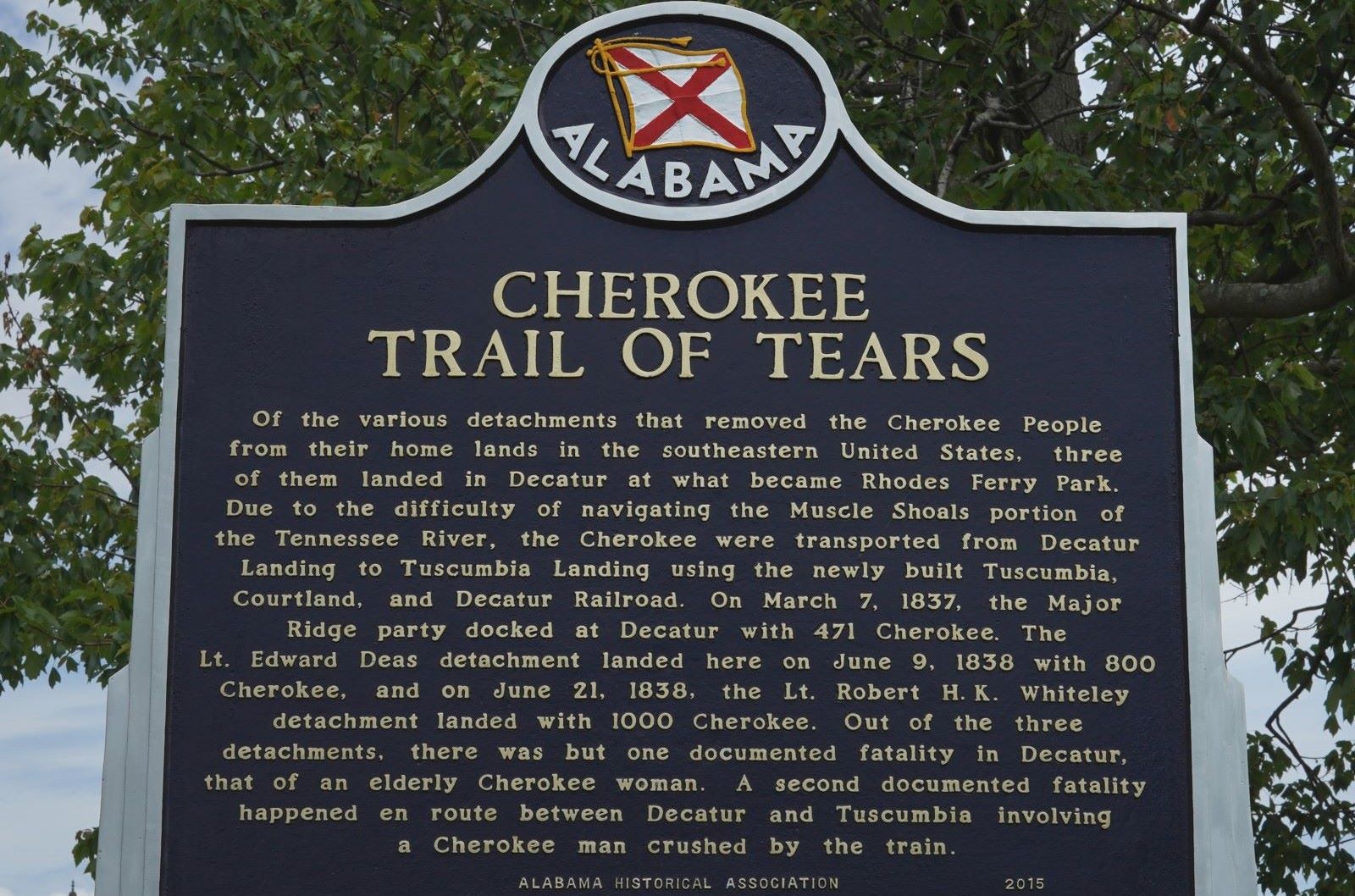
In the 1830s, the forced relocation of Cherokee and other tribes known as the Trail of Tears led to the deaths of thousands due to exposure, disease, and starvation under U.S. government orders.
6. The Sand Creek Massacre

In 1864, a peaceful encampment of Cheyenne and Arapaho was attacked by Colorado militia, resulting in the massacre of over 150 Native Americans, mostly women, children, and the elderly.
7. The Wounded Knee Massacre
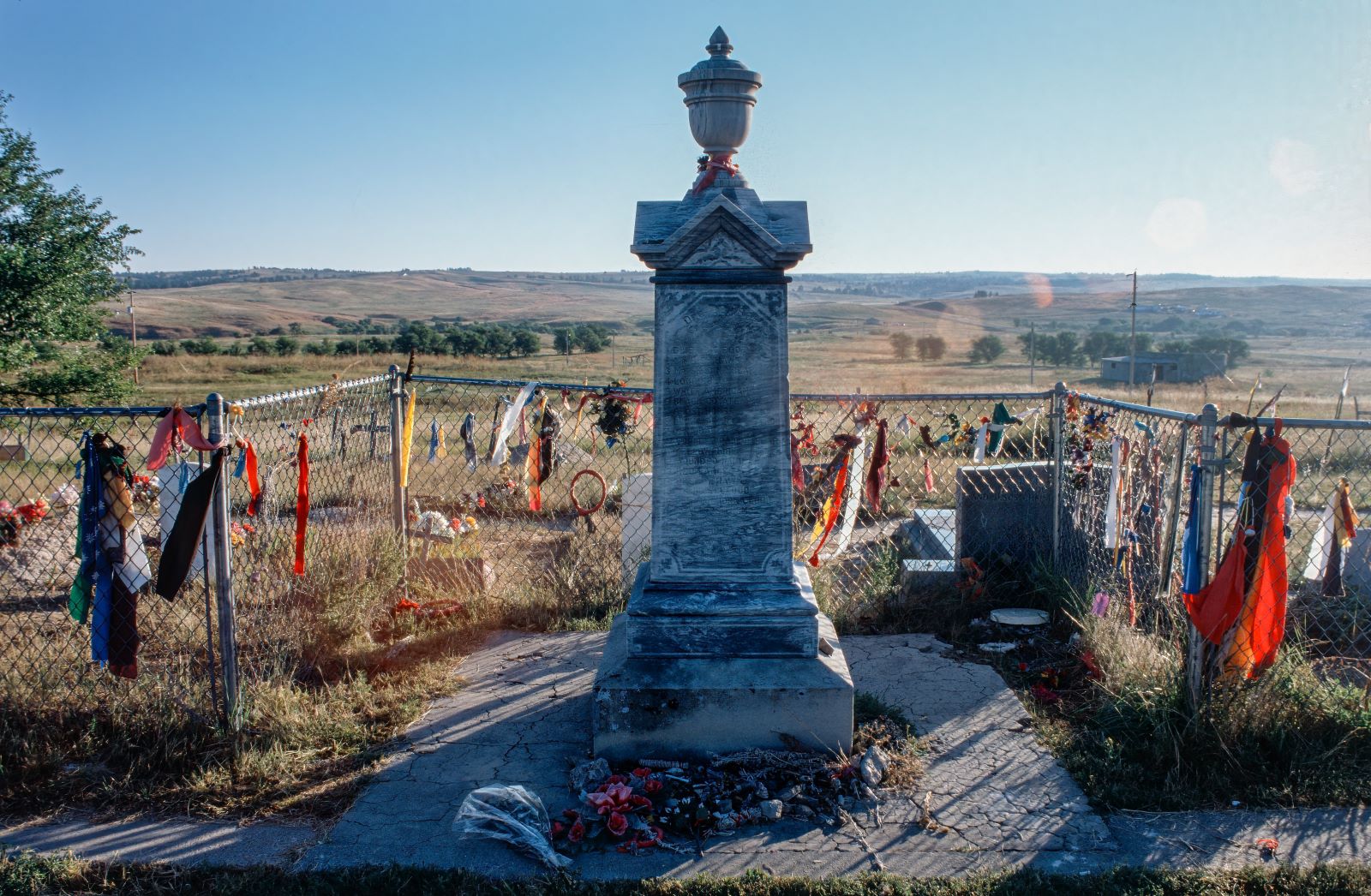
In 1890, U.S. Army troops killed around 300 Lakota men, women, and children at Wounded Knee Creek, South Dakota, in what is often described as a massacre, marking a devastating chapter in the Indian Wars.
8. The Invasion of Panama
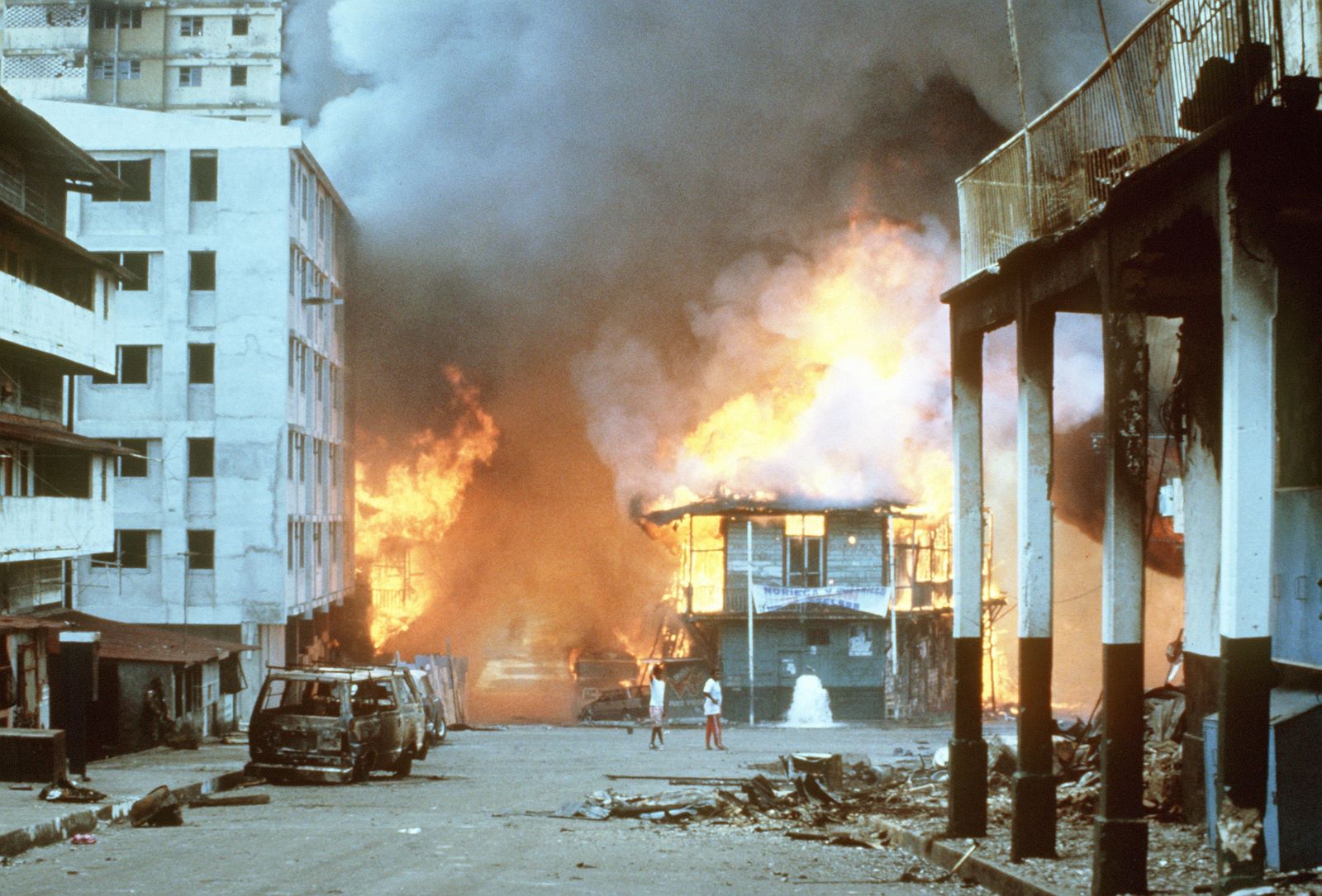
In 1989, the U.S. invasion of Panama to remove Manuel Noriega led to the deaths of hundreds of Panamanians and widespread destruction in Panama City, raising questions about U.S. interventionism.
9. The Philippine-American War Tactics
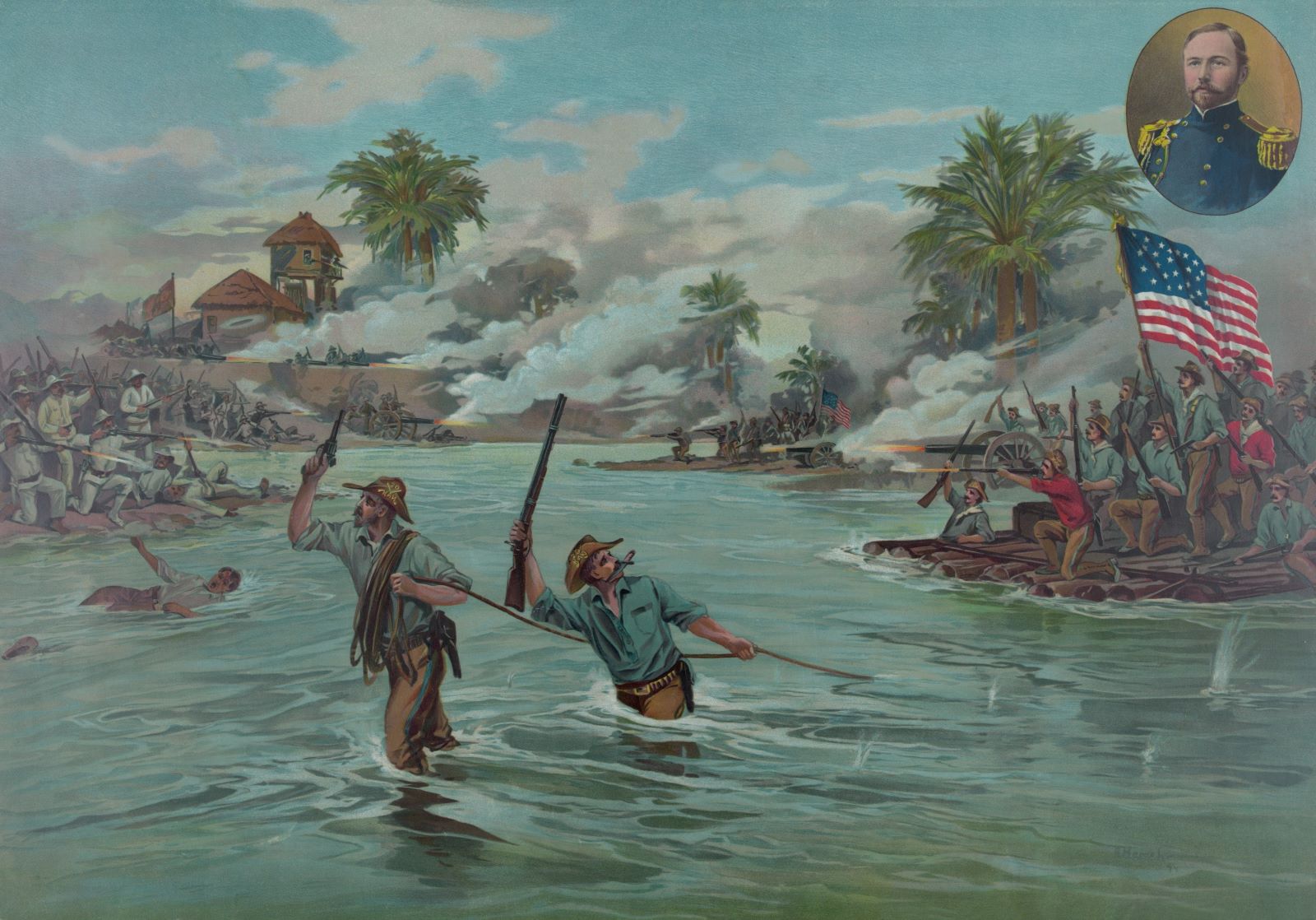
Following the Spanish-American War, the U.S. engaged in a brutal conflict in the Philippines, where tactics included the establishment of concentration camps and the killing of civilians, tarnishing America’s image as a liberator.
10. The Bombing of Laos

During the Vietnam War, the U.S. dropped more than two million tons of ordnance on Laos in a covert operation, making it one of the most heavily bombed countries per capita in history, with unexploded ordinance still causing casualties today.
11. The Tuskegee Syphilis Experiment

From 1932 to 1972, the U.S. Public Health Service conducted an unethical study on the progression of untreated syphilis in African American men who were not informed of their condition and were denied treatment.
12. Operation Condor

The U.S. provided key support and funding to Operation Condor, a campaign of political repression and state terror involving assassination and intelligence operations officially implemented in 1975 by South American dictatorships.
13. The No Gun Ri Massacre
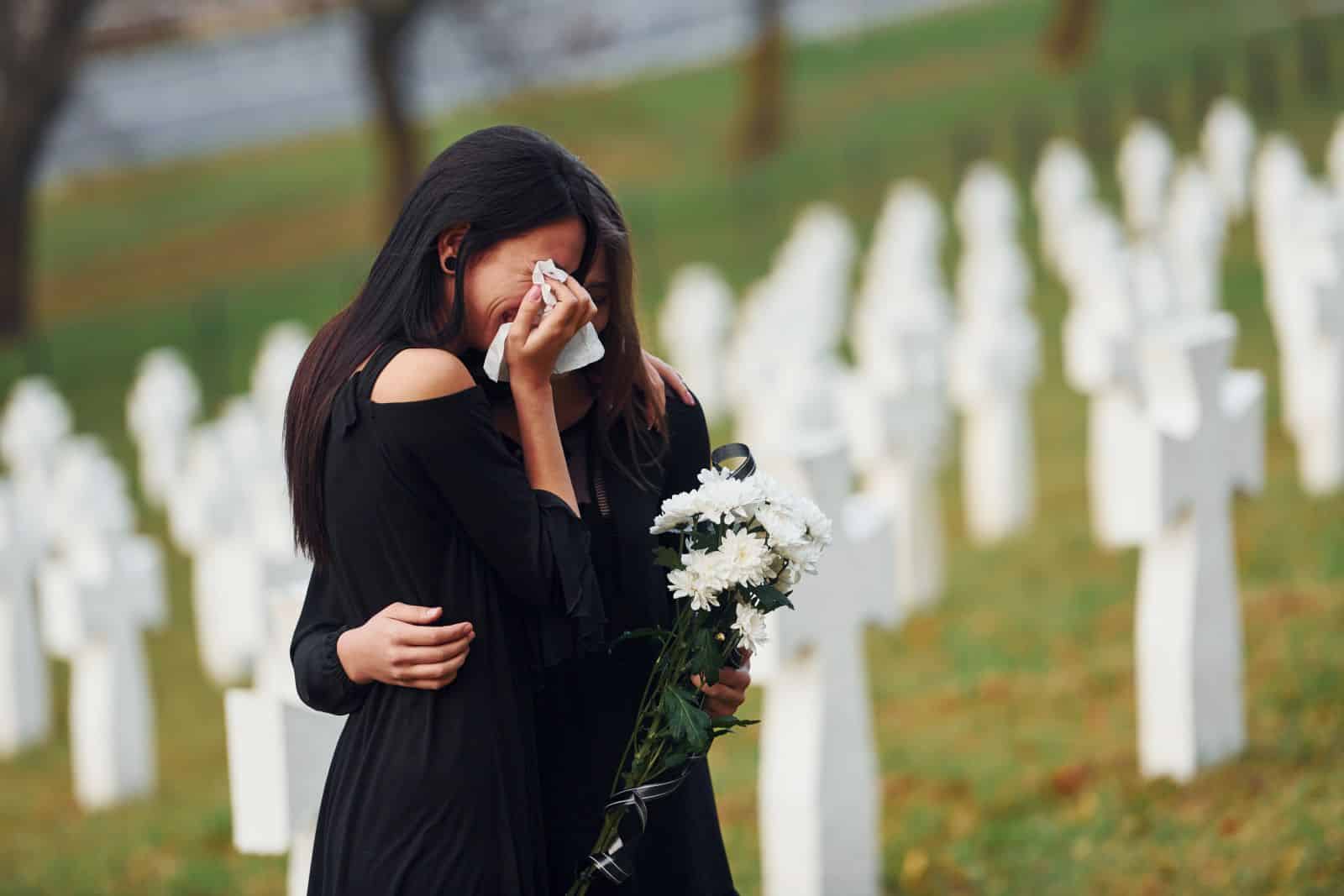
During the Korean War, U.S. soldiers killed hundreds of South Korean civilians under a bridge at No Gun Ri. The incident was denied for decades until it was finally acknowledged in 1999.
14. The Bombing of Cambodia
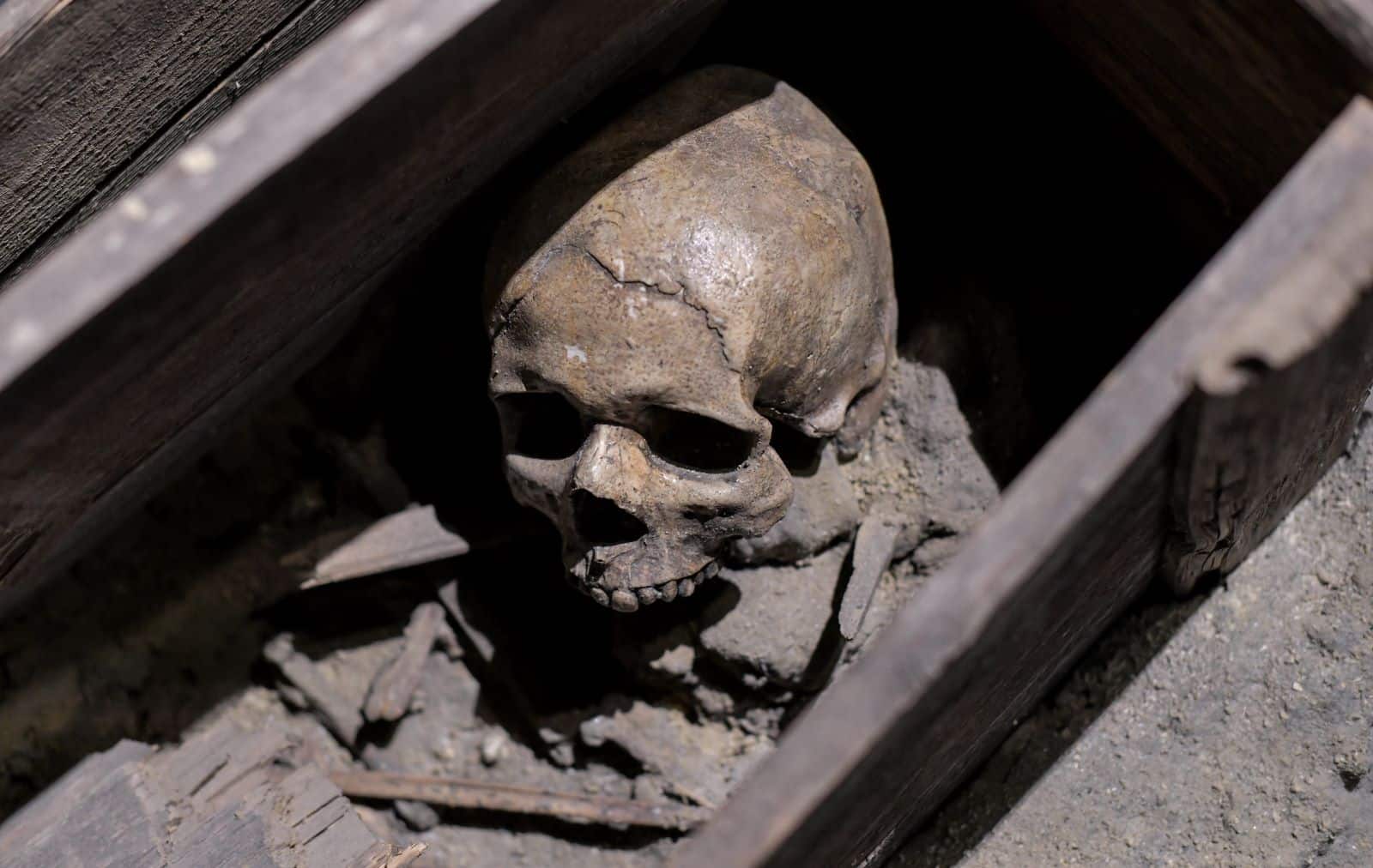
Secret U.S. bombings in Cambodia during the Vietnam War destabilized the nation, leading to the rise of the Khmer Rouge, who would commit genocide against their own people.
15. The Abu Ghraib Scandal
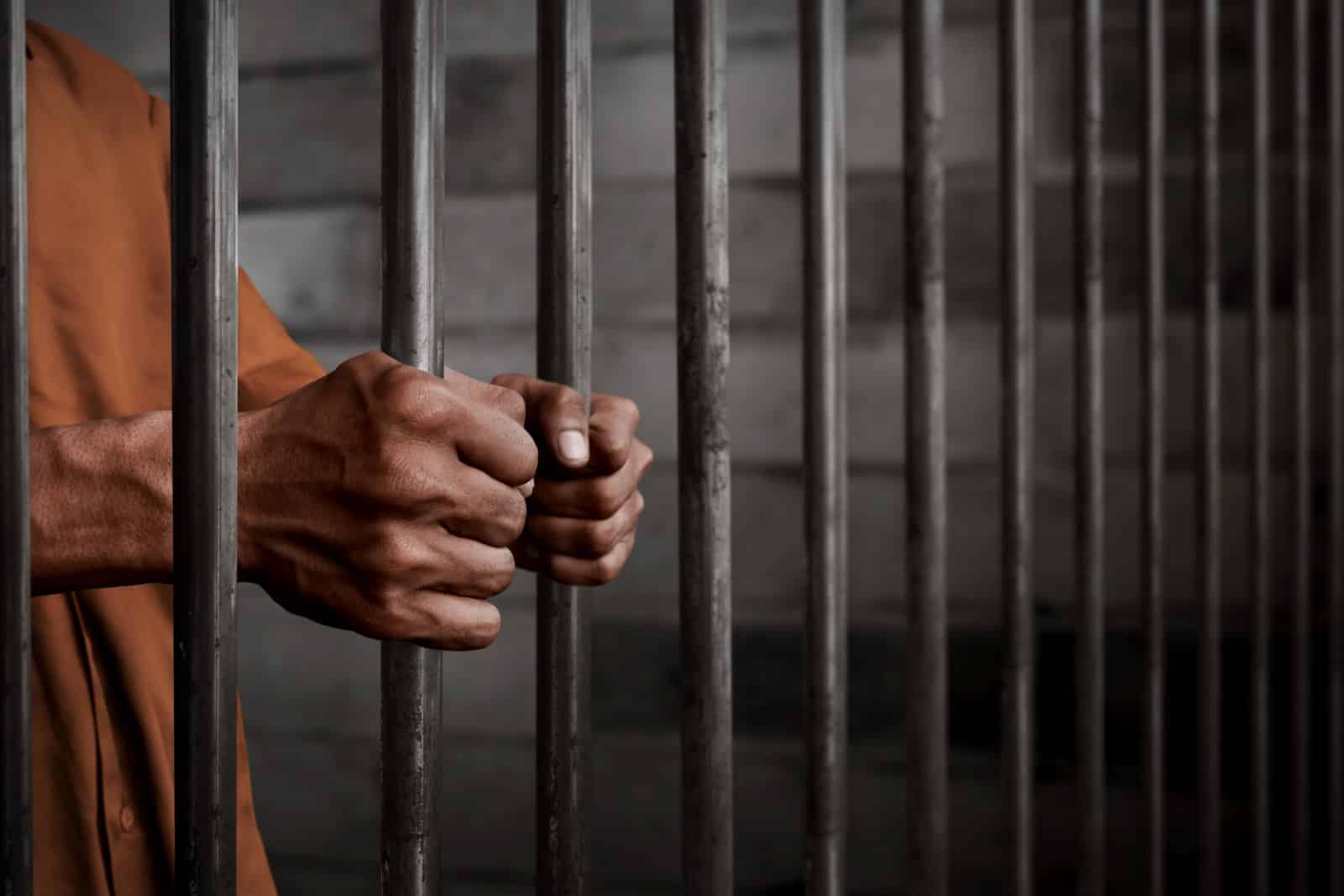
In 2004, photos showing the abuse and humiliation of prisoners by U.S. forces at Abu Ghraib prison shocked the world, raising serious questions about the oversight and morality of U.S. military practices abroad.
16. The Support of Dictatorial Regimes

Throughout the 20th century, the U.S. supported several autocratic regimes around the world, prioritizing geopolitical strategy over human rights, often leading to oppression and suffering.
17. The Ludlow Massacre
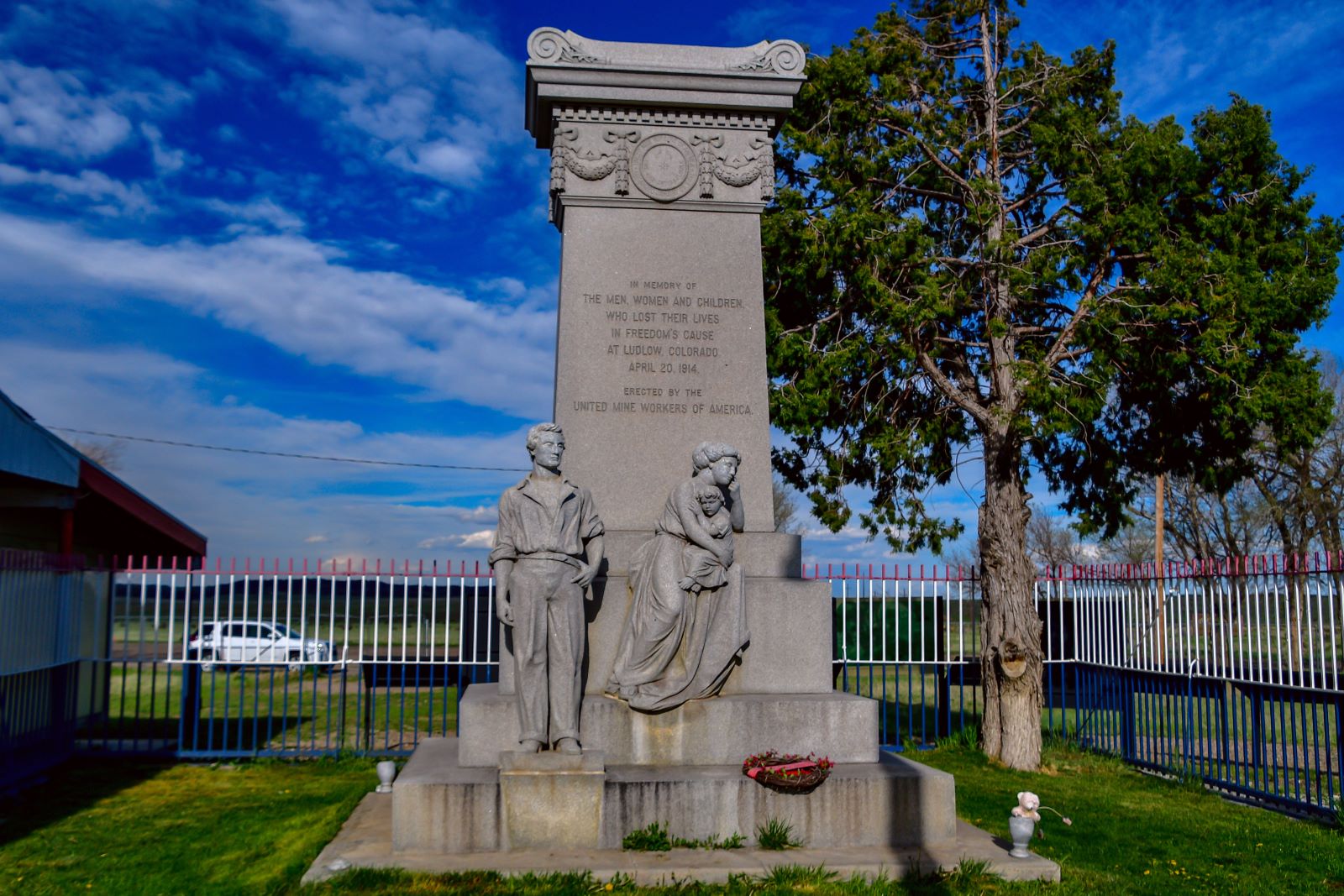
In 1914, the Colorado National Guard and company guards attacked a camp of striking coal miners and their families, resulting in the deaths of approximately 21 people, including miners’ wives and children.
18. The Killing of Pat Tillman
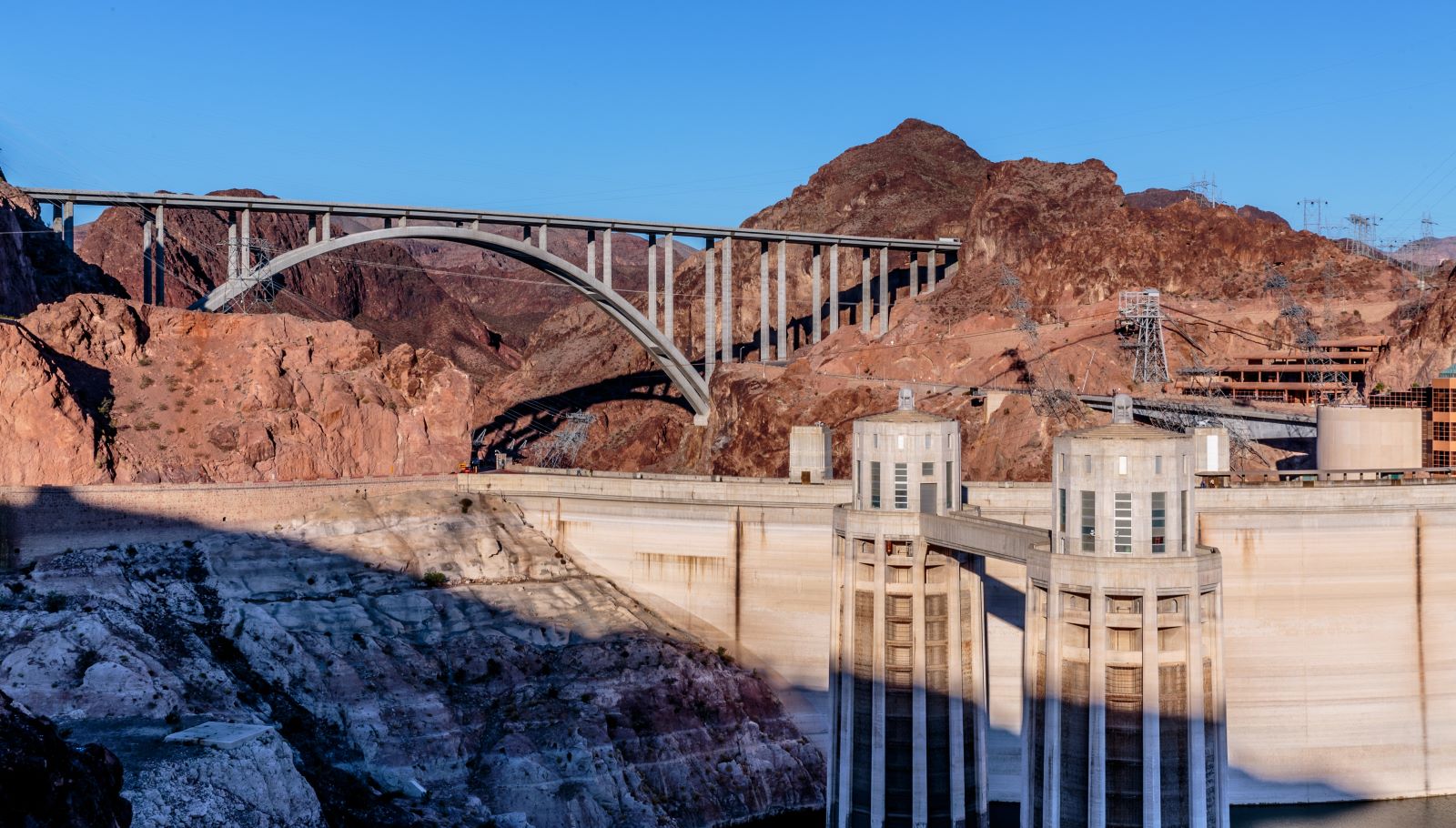
Former NFL player and U.S. Army Ranger Pat Tillman was killed by friendly fire in Afghanistan in 2004, but the circumstances of his death were initially covered up and misrepresented by officials.
19. Operation Rolling Thunder

The extensive bombing campaign over North Vietnam aimed to weaken the enemy’s ability to wage war but resulted in massive civilian casualties and widespread destruction, questioning the ethics of such operations.
20. The Atomic Bombings of Hiroshima and Nagasaki
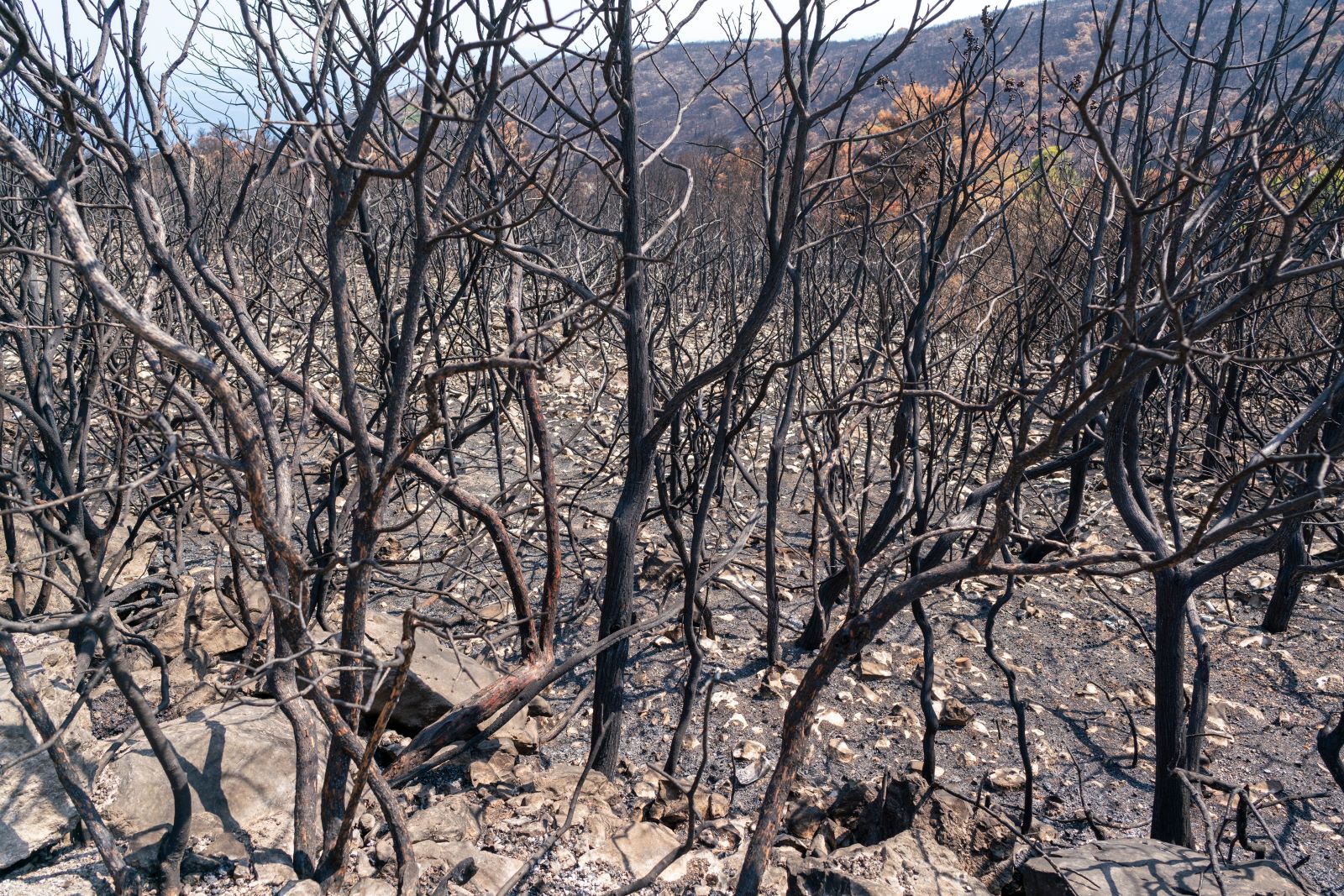
The decision to drop atomic bombs on Hiroshima and Nagasaki in August 1945 remains one of the most controversial acts of war, with devastating consequences for civilian populations and ongoing debates about the necessity and morality of the action.
21. The Pueblo Incident
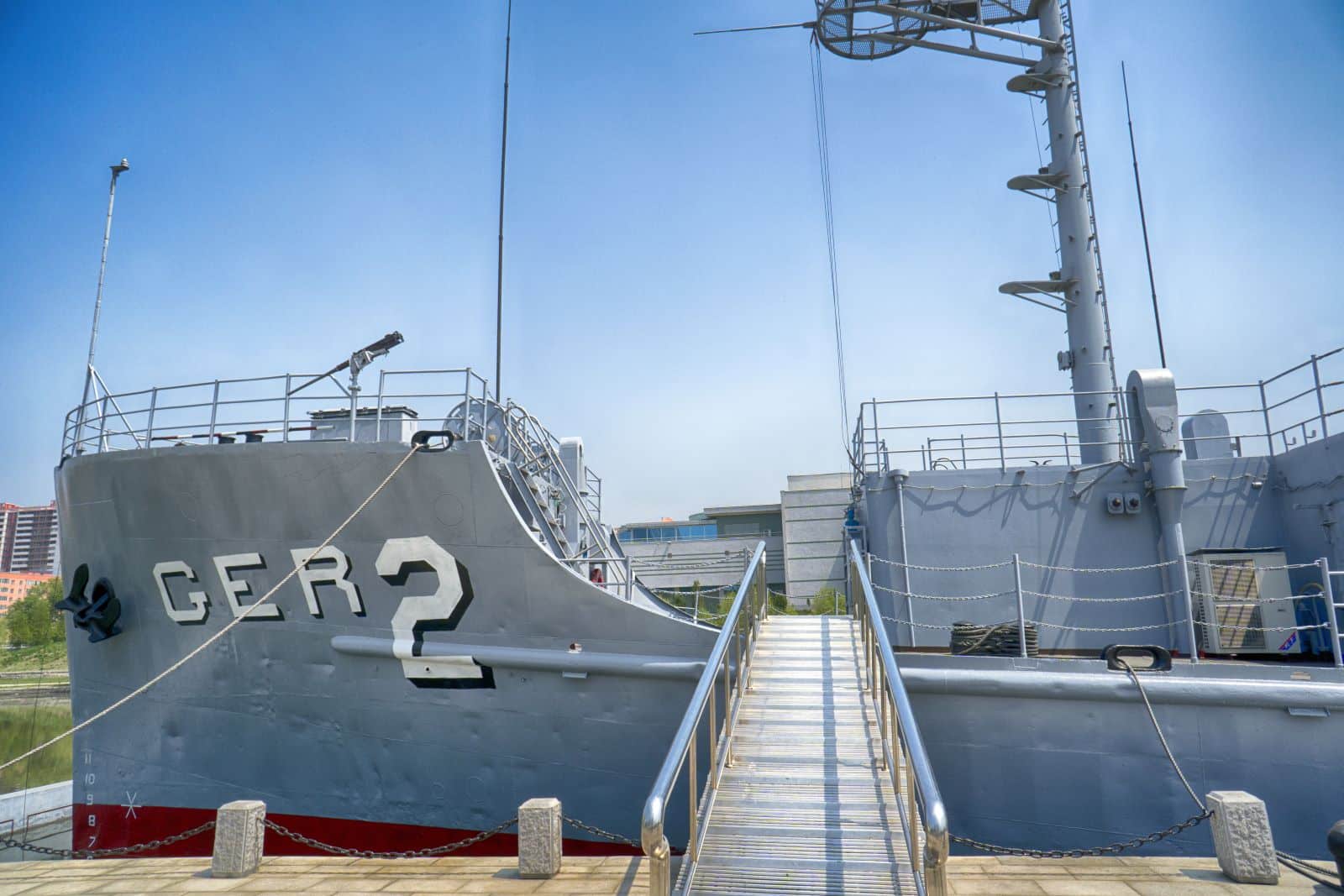
In 1968, North Korea captured the USS Pueblo, claiming the American naval vessel had entered its territorial waters, leading to an 11-month standoff that heightened Cold War tensions.
22. The Haditha Massacre
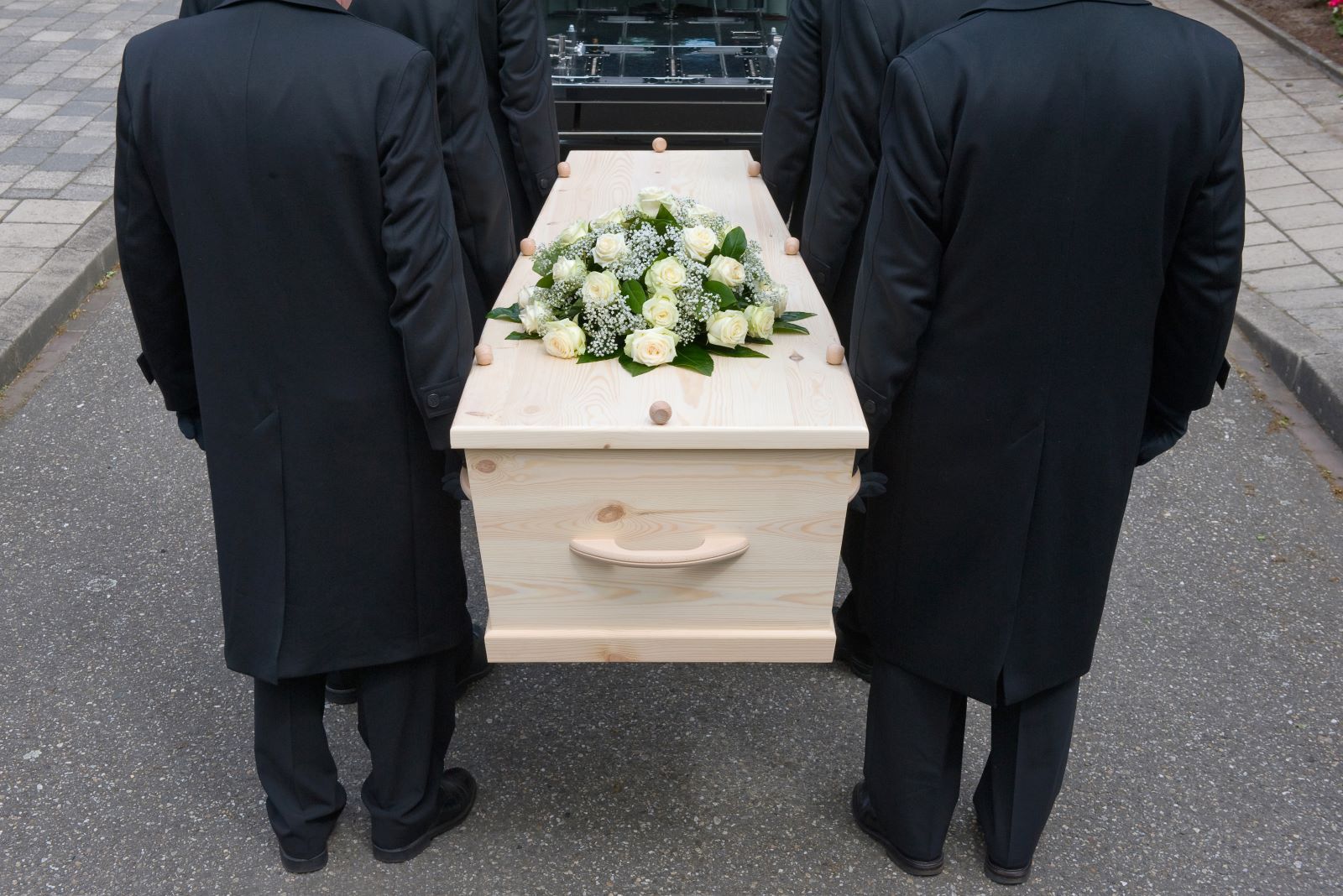
In 2005, U.S. Marines killed 24 unarmed Iraqi civilians in what became known as the Haditha massacre. This tragic event highlighted the devastating impact of war on soldiers and civilians alike, leading to widespread criticism and a reevaluation of U.S. rules of engagement.
Reflecting on the Shadows

These dark truths of war challenge us to reflect on the complexities of military engagement and the importance of accountability and ethical conduct in armed conflicts. Recognizing these uncomfortable truths is crucial in learning from the past and ensuring that history does not repeat its most grievous mistakes.
The post 22 Dark Truths of War the U.S Would Rather Forget first appeared on Mama Say What?!
Featured Image Credit: Shutterstock / Katssoup.
For transparency, this content was partly developed with AI assistance and carefully curated by an experienced editor to be informative and ensure accuracy.

